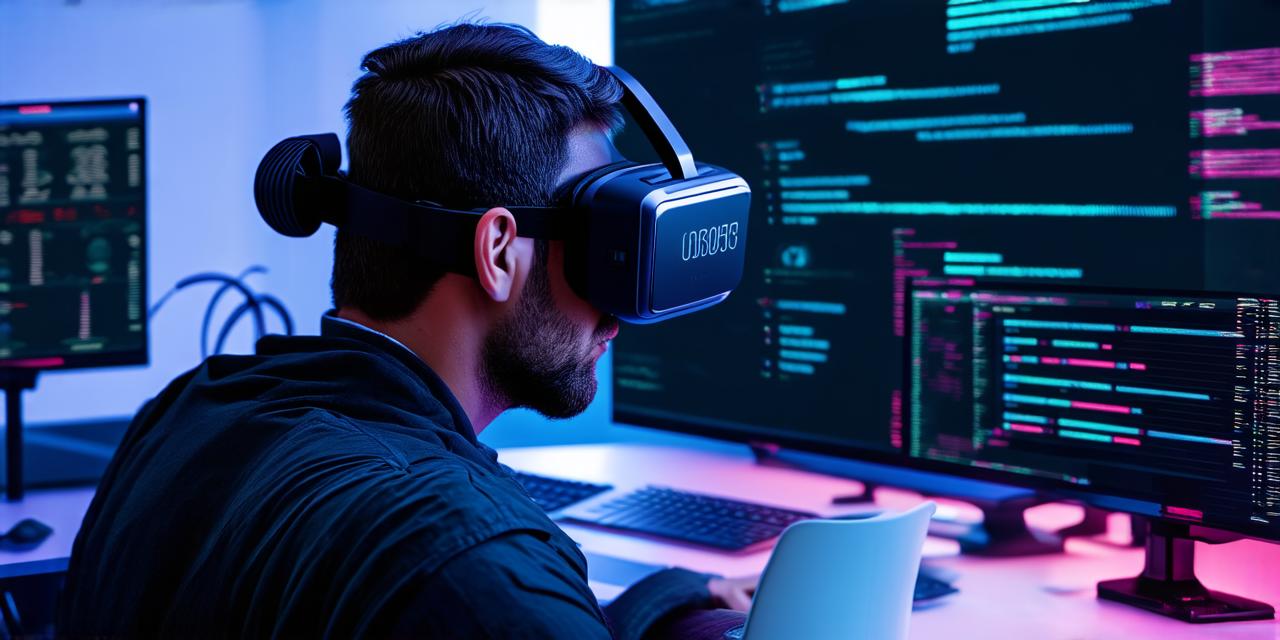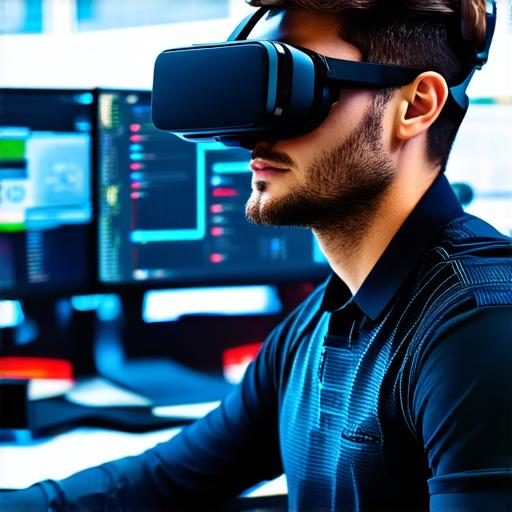
What are the responsibilities of a virtual reality developer?

As virtual reality (VR) technology continues to evolve, more and more people are turning to VR developers to create immersive experiences that transport users into new worlds. Whether you’re an experienced developer or just starting out, understanding the responsibilities of a VR developer is essential for creating engaging and effective VR experiences.
In this article, we will explore the key responsibilities of a VR developer, as well as some tips and best practices for success in this exciting field.
One of the most important responsibilities of a VR developer is to understand the user experience (UX) design principles that govern virtual worlds. This means being able to create intuitive interfaces that make it easy for users to interact with virtual objects, navigate through environments, and perform tasks. A good VR developer should also be able to anticipate potential issues or challenges that users might encounter and take steps to address them before they become major problems.
Another key responsibility of a VR developer is to work closely with other members of the development team, including designers, artists, and programmers. This requires strong communication skills and the ability to collaborate effectively with others. A good VR developer should also be able to adapt to changing requirements and priorities as the project progresses.
In addition to these more technical responsibilities, VR developers must also be well-versed in the latest tools and technologies that are used to create virtual environments. This includes everything from 3D modeling software and game engines to motion capture systems and specialized hardware. A good VR developer should be able to choose the right tools for the job and use them effectively to create high-quality, engaging experiences.
One of the biggest challenges facing VR developers is creating immersive environments that feel authentic and realistic. This requires a deep understanding of human perception and the ability to translate that knowledge into virtual reality. A good VR developer should be able to use techniques like lighting, sound, and visual effects to create a sense of presence and realism that draws users into the experience.
Another important responsibility of a VR developer is to ensure that their creations are accessible and inclusive for all users. This means considering factors like user input methods, motion sickness, and cognitive abilities when designing virtual environments. A good VR developer should be able to create experiences that are enjoyable and engaging for everyone, regardless of their background or abilities.
Finally, a successful VR developer must be able to stay up-to-date with the latest trends and technologies in this rapidly changing field. This requires a willingness to learn and adapt, as well as the ability to think creatively and outside the box. A good VR developer should always be looking for new ways to push the boundaries of what is possible in virtual reality.
In conclusion, being a successful VR developer requires a combination of technical skills, creativity, collaboration, and continuous learning. By understanding the key responsibilities of a VR developer, you can start building your own immersive experiences that transport users into new worlds. Remember to stay curious, be adaptable, and never stop pushing the boundaries of what is possible in virtual reality.


